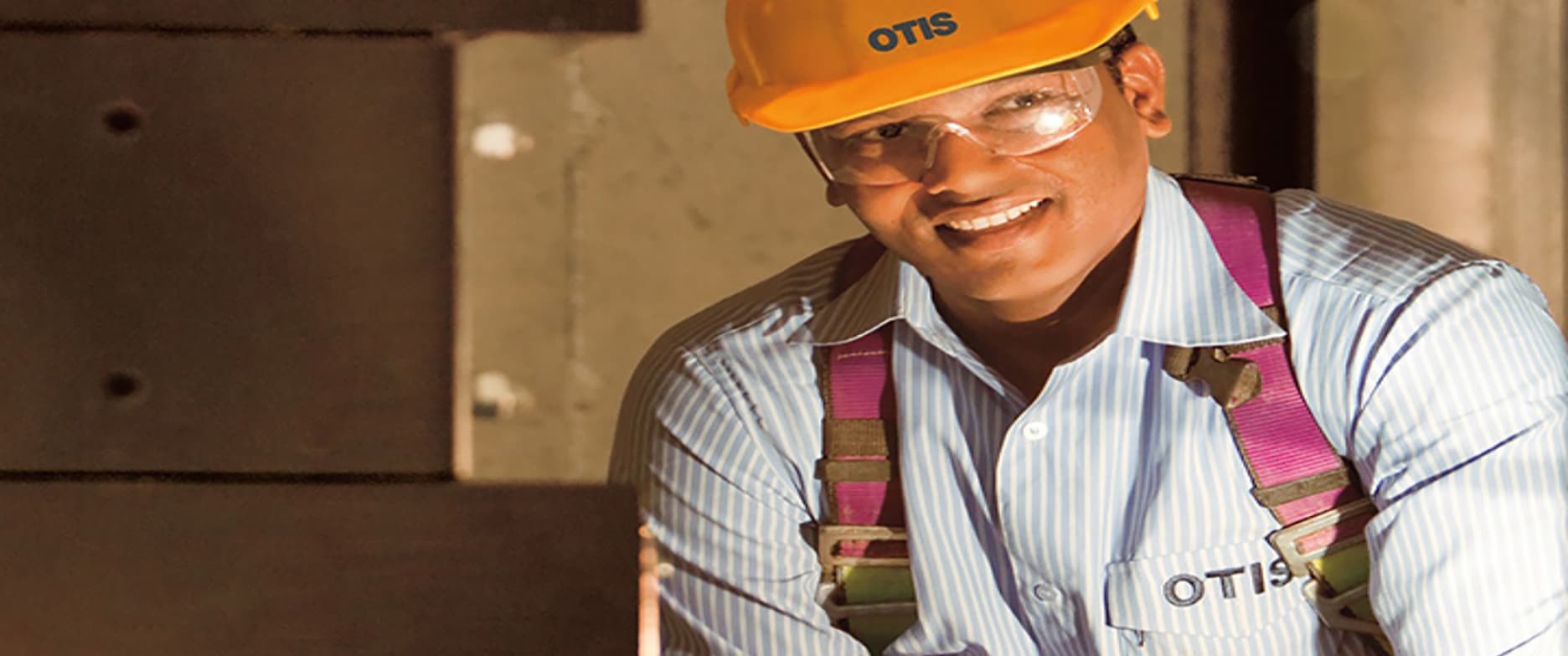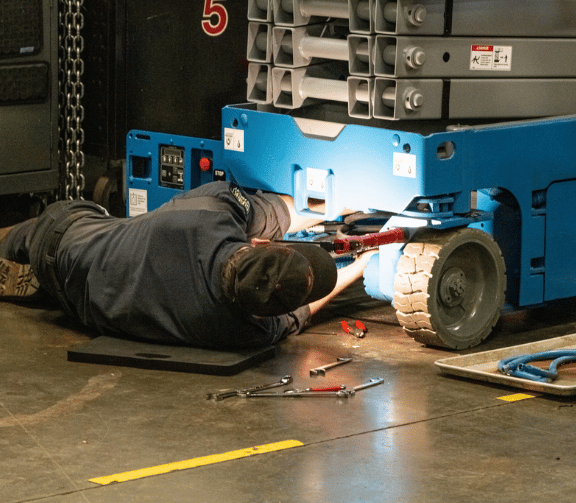Comprehensive Overview to Lift Repair Companies Near Me for Efficient Lift Maintenance
Comprehensive Overview to Lift Repair Companies Near Me for Efficient Lift Maintenance
Blog Article
Comprehensive Overview to Elevator Systems and Their Maintenance
Navigating the detailed world of lift systems and their maintenance is a task that requires precision and understanding. From the numerous types of elevator systems in usage to the precise adherence to security laws, the maintenance of these upright transportation gadgets is a complex venture.
Sorts Of Elevator Equipments
Elevator systems come in various kinds, each designed to suit particular structure requirements and user requirements. One of the most common types include hydraulic lifts, grip lifts, machine-room-less elevators, and vacuum lifts. Hydraulic lifts are ideal for low-rise buildings and utilize a hydraulic piston to relocate the lift car. Traction elevators, on the other hand, are a lot more matched for skyscraper buildings and use steel ropes and counterweights to move the automobile. Machine-room-less lifts are a space-saving alternative as they do not call for a different equipment room for the elevator machinery. Vacuum lifts, a more modern development, use air pressure differentials to move the automobile within a clear tube.
Each type of elevator system has its very own benefits and downsides, making it vital for structure owners and developers to meticulously consider their particular needs prior to picking one of the most appropriate option. Factors such as constructing elevation, area availability, power effectiveness, and budget plan constraints all play a substantial function in identifying the best lift system for a specific building.
Usual Upkeep Issues
Regular upkeep of elevator systems is vital to ensure smooth operation and prolong their lifespan. Despite regular maintenance, lift systems can still encounter usual upkeep concerns that require to be immediately dealt with to avoid interruptions in service. Regular examinations and aggressive upkeep can assist identify and deal with these common upkeep problems before they escalate and impact the overall efficiency of the elevator system.
Security Regulations and Compliance
Following stringent safety laws and making certain compliance with industry criteria are vital for maintaining the functional stability of elevator systems. Lifts go through a comprehensive collection of security regulations to guard travelers, maintenance workers, and the public. Governing bodies such as the Occupational Security and Wellness Management (OSHA) in the United States and the European Lift Organization (ELA) in Europe establish guidelines that cover various elements of elevator style, installation, operation, and upkeep.
Conformity with these regulations is not just a legal demand but likewise a moral responsibility for structure owners and lift upkeep companies. Failing to meet security standards can lead to penalties, legal responsibilities, and, most importantly, endanger the safety and security of individuals utilizing look at this now the lift. Routine assessments, maintenance checks, and adherence to security methods described in the laws are important to make certain the safe and effective operation of lift systems. By prioritizing security guidelines and conformity, stakeholders can copyright the count on of the public and alleviate possible threats connected with elevator use.
Best Practices for Maintenance

Structure owners need to additionally take into consideration investing in modernization upgrades to boost the effectiveness and safety of their lift systems. By following these best techniques, elevator systems can run efficiently and safely, giving reputable vertical transport for owners.

Advanced Technologies for Effectiveness
Implementing advanced innovations in elevator systems can considerably boost operational efficiency and passenger experience. lift engineer course. One of the essential developments in elevator modern technology is the intro of location control systems. These systems allow passengers to input their wanted flooring before entering the lift, which after that guides them to the most efficient car. By maximizing and lessening unnecessary stops traveling paths, location control systems minimize wait times and congestion in high-traffic structures.
Moreover, the integration of clever sensing units and anticipating maintenance capabilities has actually reinvented elevator maintenance. These sensors can detect possible problems prior to they intensify, allowing proactive upkeep interventions and decreasing downtime. Furthermore, the use of energy-efficient elements and regenerative drives aids decrease power intake and operating expenses in elevator systems.
Moreover, the implementation of cloud-based surveillance and remote diagnostics additional hints enables real-time monitoring of lift efficiency and immediate troubleshooting of any type of breakdowns. This proactive technique not just improves system integrity yet likewise boosts the total user experience by making certain nonstop and smooth lift procedures.
Conclusion
Finally, understanding the different sorts of elevator systems, typical upkeep problems, safety guidelines, ideal maintenance techniques, and advanced technologies for effectiveness is critical for ensuring the smooth operation of elevators. By adhering to safety policies and carrying out finest methods for maintenance, structure proprietors can extend the life expectancy of their elevator systems and make sure the security of travelers. It is necessary to remain updated on the most current improvements in lift innovation to enhance effectiveness and reliability.
The most common types consist of hydraulic lifts, grip lifts, machine-room-less elevators, and vacuum elevators. Hydraulic lifts are ideal for low-rise buildings and make use of a hydraulic piston to relocate the elevator automobile. Machine-room-less elevators are a space-saving choice as they do not need a separate equipment area for the lift machinery. Regular inspections and aggressive upkeep can assist identify and resolve these common upkeep concerns prior to they rise and affect the overall efficiency of the elevator system.

Report this page